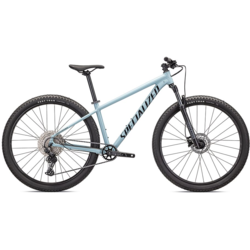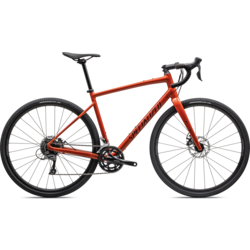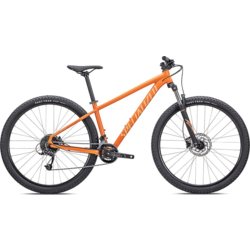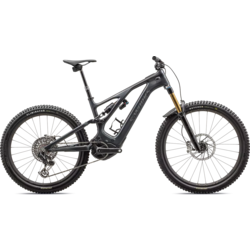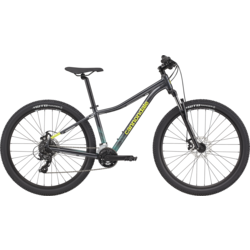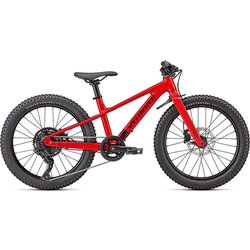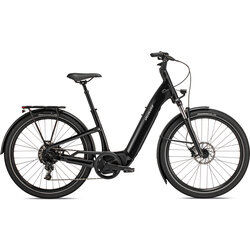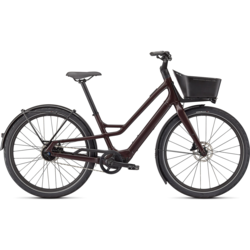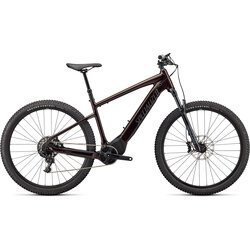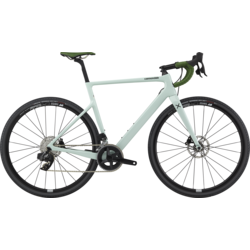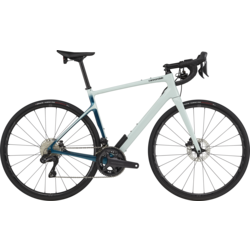Long Term Value of Cycling
Most people are already wise to the fact healthy living takes time to achieve, that the most effective solutions to getting in shape make it clear that the process takes time. The only difference, really, is how enjoyable the process can be, and cycling most certainly is enjoyable. While running out and grabbing a new bike will help you to lose weight, get in shape, and lead you to a more active lifestyle, it won’t get you there in the first week or month! There’s a good reason people usually talk about the “cycling lifestyle” in some way or another – cycling can really only make a difference if you stick with it in the long run, but it does make a difference and the difference is huge.
While weight loss from cycling typically slows down after the first month or so, you’ll notice a large improvement in your overall health to match. Leaner muscle, less fat, more energy, all of these can be gained from cycling in the long term, and all of them trace back to an improved BMR. Your BMR, or basal metabolic rate, is the rate at which your body burns calories constantly throughout the day, no matter how large or small the activity. There are two core benefits to cycling when it comes to BMR: an elevated BMR for a while after the actual workout (usually the rest of the day), and a higher baseline BMR once you’ve been exercising this way regularly enough. Of course, you do burn calories faster while cycling than not, but this usually sits somewhere between 400 and 600 calories per hour. By comparison, a pound of fat usually contains around 3500 calories.
This means an effective strategy for getting healthy through cycling involves more frequent outings on your bike, rather than more intense ones. If you can go out cycling for 45 minutes in the early to mid-morning, your BMR will stay elevated for the rest of the day. A popular strategy is to replace a daily commute to work by car with one by bike. While not everyone has the option to do this, there are pretty good health benefits if you can. Not only do you gain all the benefits of the actual exercise, but you also have the most convenient motivator to stick to your exercise routine: your job. After all, it can be easy to talk yourself out of going to the gym, but much, much harder to talk yourself out of heading to work. Plus, once you’ve taken your bike to work, you’d probably want to take your bike to get home as well!
Because we’re talking about cycling for years or even decades, knowing about how to maintain your bike and how long it will last before needing replacement bears mentioning. Like cars, bicycles require maintenance to stay in usable condition, and there are bike shops in most cities to make that process simple. Bikes are much simpler machines than cars, meaning maintenance is also much simpler to perform at home if that’s more your speed.
Moving parts, of course, wear down faster than rigid parts, so most bike maintenance focuses on the chains, cables, gears and cassettes, and joints (such as for the handlebars and the seat post). Most of these require cleaning and re-greasing every few months to a year for proper longevity. Brake pads also need changing somewhat often. The wheel bearings require special attention, though, since they’re central to making the bike move. If there is uneven wear on the wheel bearings, they break down that much faster. Regularly checking for any wobble or play in the wheels and paying attention to any random stiffness while riding helps to identify issues with wheel bearings, and keep your bike in good condition for many years.
A research institute in Switzerland reported that the average life expectancy for a bike is around 15,000km (9,300mi), while the life expectancy for a car is around 150,000km (93,000mi). Other groups will tell you that a bike can last next to forever with proper maintenance, care, and storage. While it’s entirely possible to drive a car or ride a bike until it breaks down completely and keep it maintained until then, it also makes sense to sell and replace your ride every five to ten years, especially since direct replacement parts become harder and harder to find the longer you own a single model of anything.
There are two pieces of good news, though, that help to justify keeping your old bike over grabbing a new one. The first is that the bike’s frame lasts essentially forever, assuming it is kept dry, stored in a dry place when not in use, and the inside of the frame is protected from moisture (bike specific protectants are sold for this purpose). The second is that bikes are fairly customizable, meaning parts can be swapped out for new ones without much effort put into research or labor. Parts manufacturers are plentiful, marketing their own products as either replacements or upgrades to the ones you get out of the box. Tires can be swapped out in less than half an hour, and you might even keep multiple tire sets for different conditions. Just about any replacement job you might have to do on a bike has been well documented, and the tools to do the job can be found in almost every garage, toolbox, or kitchen drawer.
It makes good sense to start cycling today, and keep on cycling for years to come. Not only will it help you live a longer, happier life, but (with proper care!) your bike can live long with you.

